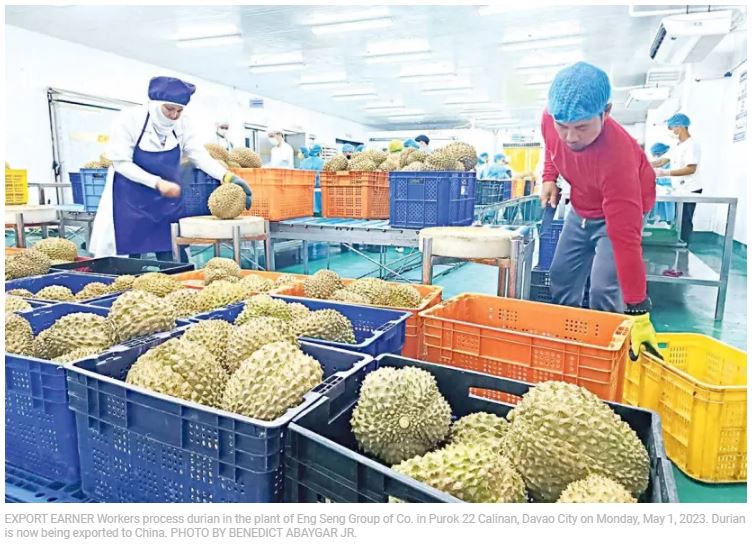Philippines factory growth down anew in March
MANUFACTURING growth slowed further in April, S&P Global reported on Tuesday, with the latest Philippine purchasing managers’ index (PMI) hitting an eight-month low, and also falling below the average since 2016.
At 51.4, the PMI result was still positive and marked a 15th straight month of improved operating conditions. It was lower, however, than March’s 52.5.
PMI readings above 50 indicate an expansion while those below means a deterioration in factory activity.
“[S]ofter upturns in production and new orders, and a further decrease in employment — albeit only marginal — resulted in a weaker improvement in business conditions in April,” S&P Global said in a report.
Cost pressures continued to soften and both operating expenses and factory gate charges rose at the slowest rates in 30 and 28 months, respectively.
Growth in new business was said to be the weakest in the current eight-month sequence of expansion amid reports of increased market competition and softer demand.
The April data, however, suggested stronger foreign demand for Filipino-made goods as new export orders grew to the fastest in nearly two years.
Firms expanded output but at the weakest pace in six months.
Widespread reports of resignations, meanwhile, resulted in a third consecutive monthly contraction in payroll numbers.
Firms linked this to difficulties in retaining staff, and also noted that material scarcity and delivery delays resulted in a second successive month of backlog accumulation.
Purchasing activity increased for the eighth month running in line with the rise in new business.
“That said, the respective seasonally adjusted index ticked down further from January’s recent high and signaled the slowest rate of growth in 2023 so far,” S&P Global said.
Material shortages, higher prices at suppliers and a stronger dollar led to higher costs for manufacturers. Input price inflation, however, eased to a 30-month low, and the April increase was weaker than the series average.
Charge inflation also slowed to the softest in 28 months.
Looking ahead, manufacturing firms were said to be upbeat with regards to output expectations for the next 12 months. Nearly half were hopeful for growth — the degree of optimism hit a three-month high — on optimism about new orders and improved demand conditions.
Commenting on the results, S&P Global Market Intelligence economist Maryam Baluch said “the start of the second quarter signaled a loss of momentum across the Filipino manufacturing sector.”
Factory output growth, she added, could “moderate to 5 percent in 2023.”
Rizal Commercial Banking Corp. chief economist Michael Ricafort, meanwhile, said the growth slowdown could be attributed to still-high inflation and interest rates that have weighed on demand and other economic activities.
A “recent decline in exports… could have also slowed down some export-oriented manufacturing activities,” he added.
Lower inflation and interest rates moving forward should support a pickup in manufacturing activity in the next months, Ricafort continued.
Source: https://www.manilatimes.net/2023/05/03/business/top-business/ph-factory-growth-down-anew-in-march/1889656


 Thailand
Thailand




